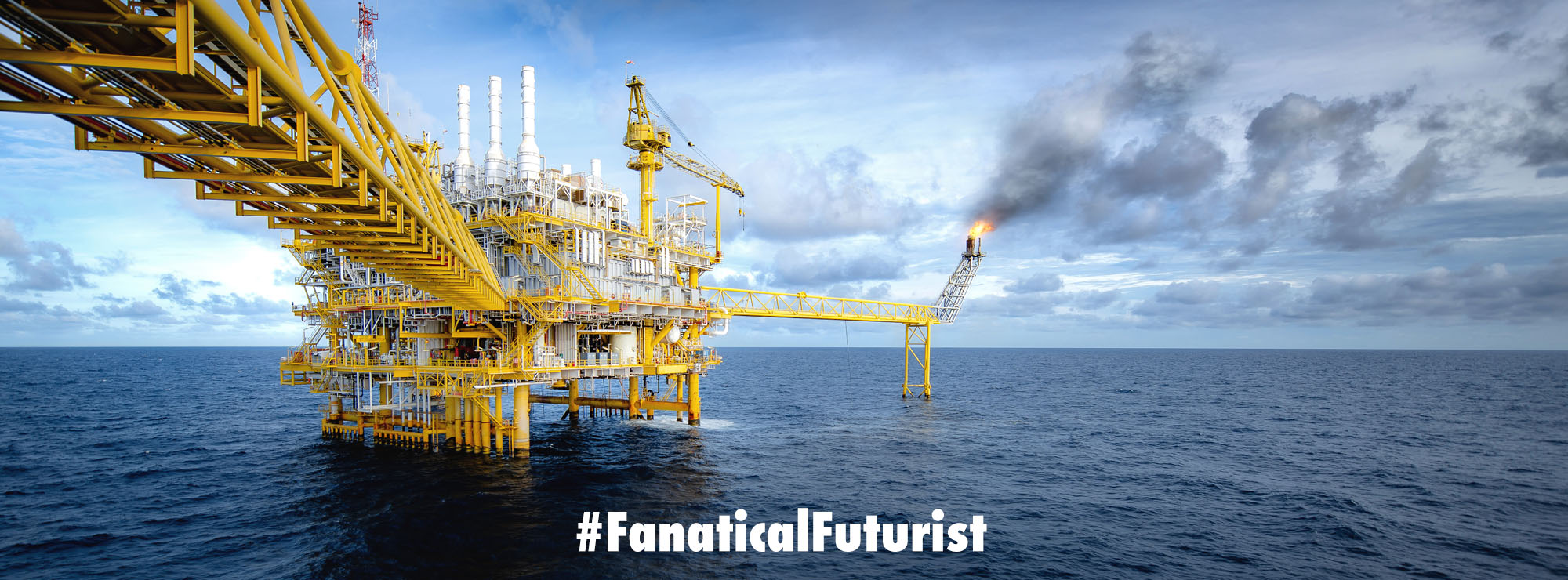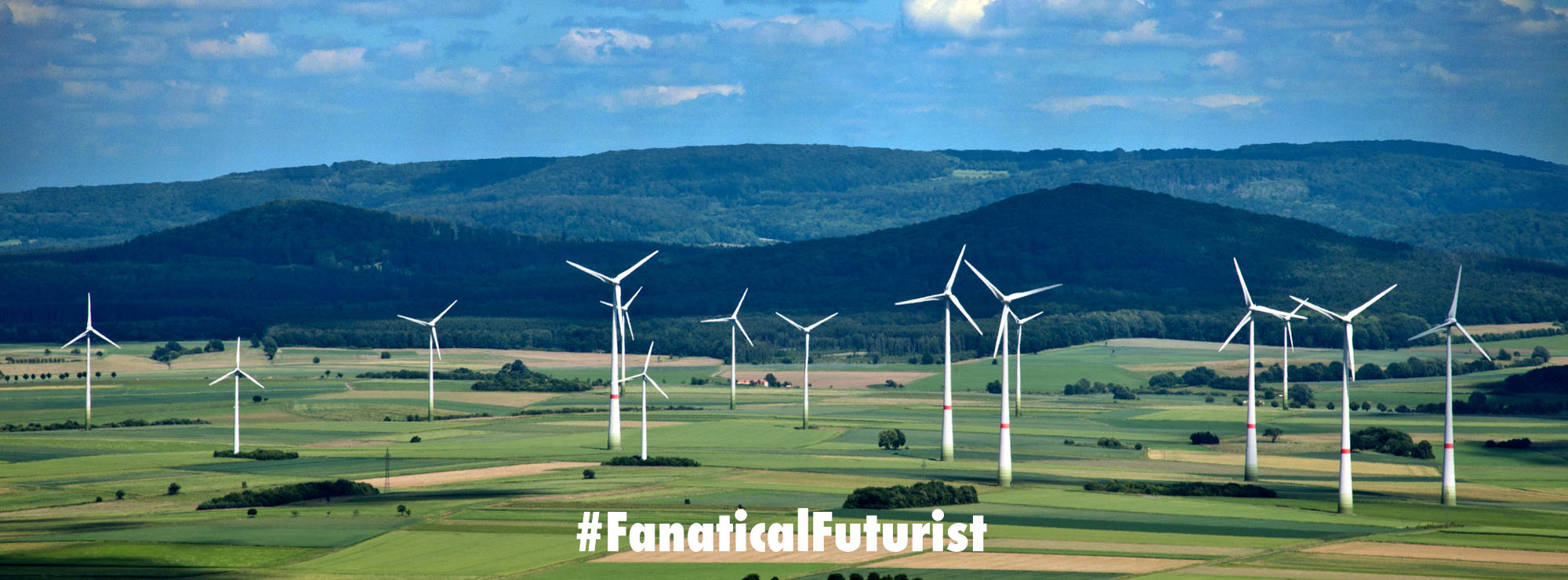WHY THIS MATTERS IN BRIEF
The Japanese are increasingly using the sea and sea water to try to generate hundreds of Gigawatts of new power generation.
 Love the Exponential Future? Join our XPotential Community, future proof yourself with courses from XPotential University, read about exponential tech and trends, connect, watch a keynote, or browse my blog.
Love the Exponential Future? Join our XPotential Community, future proof yourself with courses from XPotential University, read about exponential tech and trends, connect, watch a keynote, or browse my blog.
Japan has opened its first Osmotic Power plant, in the south-western city of Fukuoka. Only the second power plant of its type in the world, it is expected to generate about 880,000 kilowatt hours of electricity each year – enough to help power a desalination plant that supplies fresh water to the city and neighbouring areas.
That’s the equivalent of powering about 220 Japanese households, according to Dr Ali Altaee from the University of Technology Sydney (UTS), who specialises in the development of alternative water sources.
While it is still an emerging technology being used only on a modest scale as yet, it does have an advantage over some other renewable energies in that it is available around the clock, regardless of the wind or weather or other conditions.
The Future of European Energy and Security, by Keynote Matthew Griffin
It relies simply on the mixing of fresh and salt water, so the energy flow can continue day and night, providing a steady source of electricity.
So what is osmotic power and could it be used elsewhere?
Osmosis is the natural process where water moves across a semipermeable membrane from a less concentrated solution to a more concentrated one, in an attempt to balance the concentration on both sides.
Picture a cup divided vertically by a thin, semi-permeable layer – if one side holds salty water and the other side pure freshwater, the water will flow towards the salty side to dilute it, because the salt itself cannot pass through the membrane. Osmotic power plants use this same principle, by placing freshwater and seawater on either side of a special membrane, with the seawater slightly pressurised.
As water flows across to the saltier side, it increases the volume of pressurised solution, which can then be harnessed to produce energy.
In the Fukuoka facility, fresh water – or treated wastewater – and seawater are placed on either side of a membrane. As the side with seawater increases in pressure and decreases in salinity, some of the water is channelled through a turbine that is connected to a generator, producing power.
The Fukuoka plant is the second of its kind in the world. The first one was built in 2023 in Mariager, Denmark, by the venture company SaltPower, said University of Melbourne Prof Sandra Kentish.
The Japanese power plant is larger than the one in Denmark, according to Dr Altaee, although they have almost the same operating capacity. Pilot-scale demonstrations have also taken place in countries such as Norway and South Korea.
While the idea is simple, scaling it up is difficult. Kentish said a lot of energy is lost through the action of pumping water into the power plant and when it travels through the membranes.
“While energy is released when the salt water is mixed with fresh water, a lot of energy is lost in pumping the two streams into the power plant and from the frictional loss across the membranes and filters. This means that the net energy that can be gained is small,” she said.
But advances in membrane and pump technology are reducing these problems, Kentish said.
“It is also noteworthy that the Japanese plant uses concentrated seawater, the brine left after removal of fresh water in a desalination plant, as the feed, which increases the difference in salt concentrations and thus the energy available.”
Kentish and Altaee agree that the Japanese plant marks an exciting moment for osmotic power, because it offers further proof that the technology can be used for large-scale energy production.
Altaee said the prototype plant at Australian university UTS could be restarted if government funding became available, raising its potential for larger-scale implementation in Australia, similar to that of the plant in Fukuoka.
“We have salt lakes around New South Wales and Sydney that could be used as a resource and we also have the expertise to build it.”















